|
|
|
 Joel's Blog Joel's Blog |
 Built-It Blog Built-It Blog |
 Video Roundup Video Roundup |
 Classes & Events Classes & Events |
 Work Magazine Work Magazine |
| Newer Entries... | |
 | How To Camber A Plane Iron (And Why It Works) - 01/26/2011 |
 | Cheater Pastrami and Getting Stuff Done - 01/20/2011 |
 | Winding Sticks - 01/18/2011 |
 | Dye Young - Stain Pretty - 01/13/2011 |
 | Where the Factory Was - 01/11/2011 |
 | New for 2011 - 12/30/2010 |
 | Truer Grit - 12/25/2010 |
 | The Traditional Tail Vise - Followup - 12/21/2010 |
 | The Argument for a Traditional Tail Vise - 12/16/2010 |
 | Some Tips on Using Our Gramercy Holdfasts - 12/14/2010 |
 | New Book: The Boy Joiner and Model Maker - 12/09/2010 |
 | Coursework - Books that You Can Learn From - 12/07/2010 |
 | Introducing The Gramercy Tools Veneer Saw - 12/02/2010 |
 | Wood - In the Rough or What? - 11/30/2010 |
 | Tool Test - Norris A5 - How Well Do They Work? - 11/24/2010 |
 | Ray Iles Adds A 1/8 Inch Mortise Chisel To The Line - 11/22/2010 |
 | Resources - Information is Power - EEBO! - 11/18/2010 |
 | Native South American Shovels, Axes, and Machetes - Made In England - 11/16/2010 |
 | Lots and Lots of Saw Patents - 11/14/2010 |
 | Flat Back? Good Idea? How Flat is Flat? - 11/11/2010 |
| Older Entries... | |
|
Hours: M-F 9:00-5:00, closed Sat,Sun Our Guarantee & Return Policy Shipping and Sales Tax Info Privacy Policy Holiday Calendar |
|
Contact Us:
Email: support@toolsforworkingwood.com Phone: 800-426-4613 or 718-499-5877 Visit Us in Brooklyn: Directions to Our Showroom © 1999-2019 toolsforworkingwood.com Powered by 01 Inc. Coded entirely in NYC |



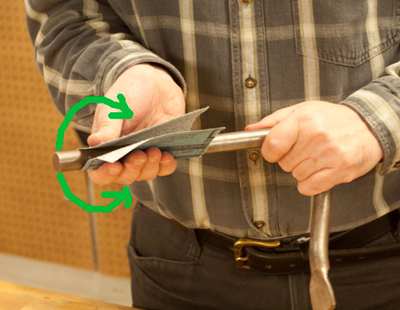
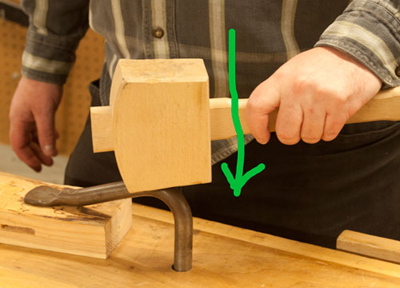
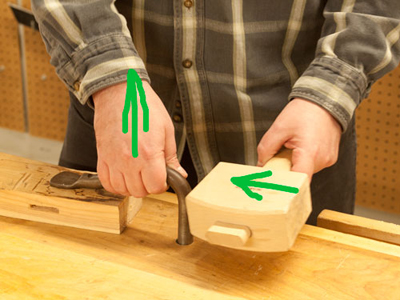
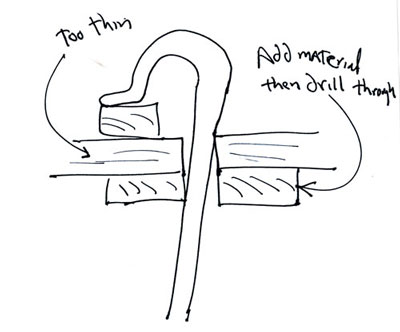
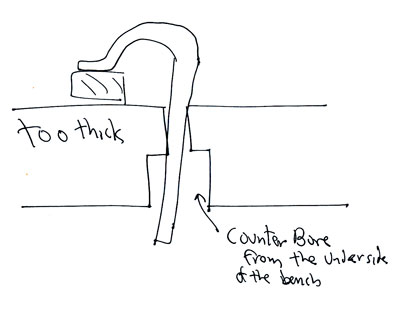
I bought mine in Brooklyn, so I got a hands-on demo of the sandpaper. Do it!